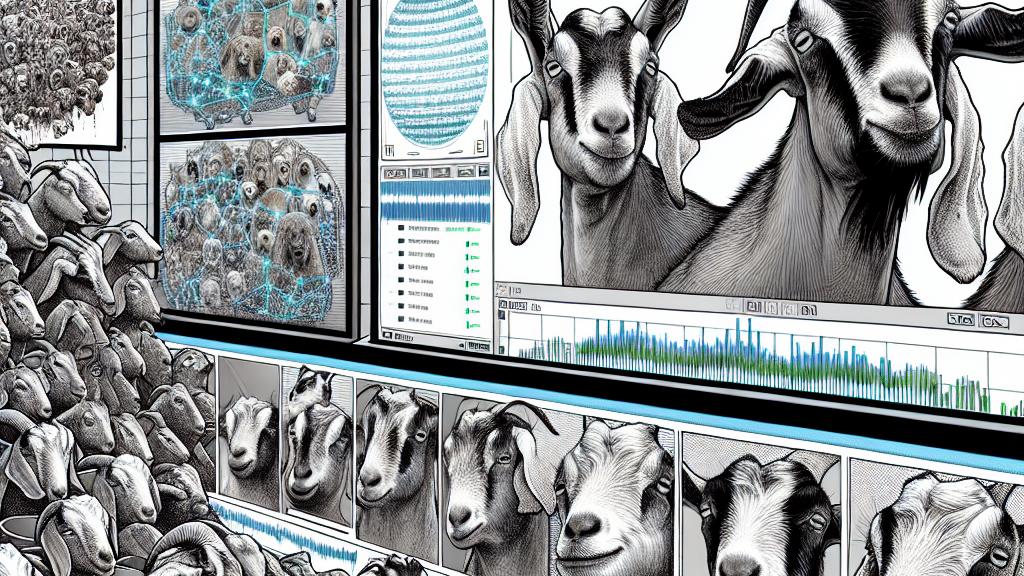AI Develops Method to Detect Pain in Goats
Overview
- Groundbreaking AI technology offers a novel approach to identifying pain in goats through facial expression analysis.
- Developed by researchers at the University of Florida, this method boasts an impressive accuracy rate of about 80%, marking a significant advancement in veterinary science.
- The potential applications of this innovation range from improving animal welfare to enhancing pain assessment methods in human healthcare.

Pioneering Research in Florida
Imagine a world where technology bridges the gap between humans and animals, helping us understand their feelings without a word spoken. Thanks to pioneering researchers at the University of Florida, that world is inching closer. They have developed an AI system that analyzes facial expressions of goats to detect pain, which is groundbreaking in many ways. Traditionally, identifying pain in animals has relied on subjective human judgment, which can vary widely from person to person. To address this issue, the researchers meticulously compiled video footage of goats displaying various states of pain and comfort. By training their AI on the UNESP-Botucatu Goat Acute Pain Scale, they achieved an astonishing accuracy rate of about 80%. This advancement illuminates a path towards a future where the pain of animals can be promptly recognized and addressed.
Revolutionizing Animal Welfare Practices
The ramifications of this technology extend far beyond academic curiosity; they hold profound implications for animal welfare. Picture a farmer checking their herd; with this AI tool at their disposal, they can quickly discern which goats are in distress. Early intervention is crucial, as animals experiencing pain often exhibit sudden changes in behavior—like decreased appetite or lethargy—that can lead to serious health issues if left untreated. For instance, goats suffering from urinary tract issues may become withdrawn and refuse to eat. By catching these signs early, farmers can take immediate action, whether adjusting the goat's environment or consulting a veterinarian. This not only improves the health of the goats but also ensures the farm's productivity; healthy animals gain weight more efficiently and contribute to increased farm profitability. This is a win-win scenario for both the animals and the farmers who care for them.
Future Prospects and Ethical Considerations
Looking ahead, the promise of this AI technology doesn't just stop with livestock—it opens fascinating possibilities for human healthcare as well. For instance, consider its potential to assess pain in non-verbal patients, such as young children or individuals with cognitive impairments. If doctors could interpret subtle facial signals to determine levels of discomfort, it could revolutionize pain management in these vulnerable populations. However, with such power comes significant ethical responsibilities. As researchers expand this technology to cover various species, they must ensure that their methods respect animal welfare, minimizing distress during the monitoring process. Striking a balance between advanced pain assessment and compassionate care will be paramount. Ultimately, adopting a holistic approach that embraces ethical standards and innovative practices will pave the way for a brighter future, where all living beings are treated with dignity and respect.

Loading...